Welcome to the infernal reality of our overheating planet, where it’s not just us sweating it out under the sweltering sun. In some parts of the world, the heat has become so intense that birds—yes, those resilient creatures of the sky—are literally plummeting to the ground, overcome by the sheer temperature. It’s a wake-up call wrapped in feathers, a vivid reminder that climate change isn’t just a future threat; it’s happening now, right before our eyes.
1. Kuwait City, Kuwait
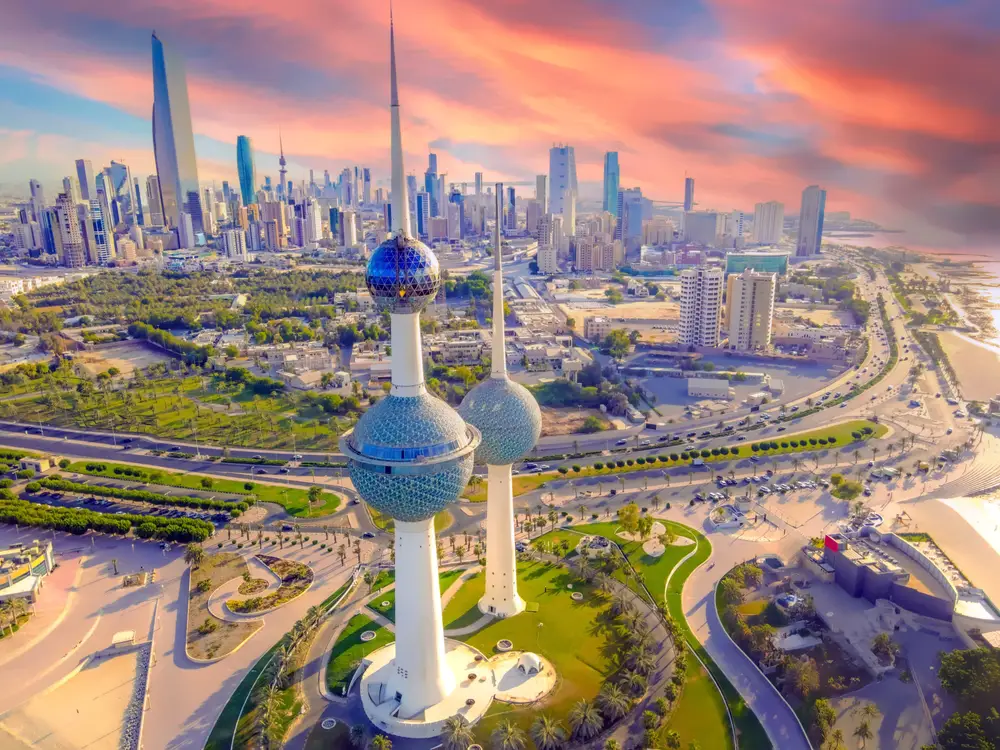
Kuwait City regularly tops the charts as one of the hottest cities on Earth, where summer temperatures routinely scorch past 120°F. According to the World Meteorological Organization, Kuwait once clocked a blistering 129.2°F, nearly reaching the highest temperatures ever recorded on the planet. This isn’t just a heatwave; it’s a heat tsunami. The searing conditions are not only making life unbearable for humans but are also causing heat-induced deaths among birds, who fall to the ground in flocks.
Here, air conditioning isn’t a luxury, it’s a necessity, and shade is the ultimate commodity. It’s a place where the sun rules supreme, commanding respect and issuing stark warnings about our environmental future. The intense heat has ecological consequences beyond avian casualties, affecting biodiversity and stressing water resources. Yet, life here persists, a testament to human and urban resilience in the face of extreme climate.
2. Death Valley, California
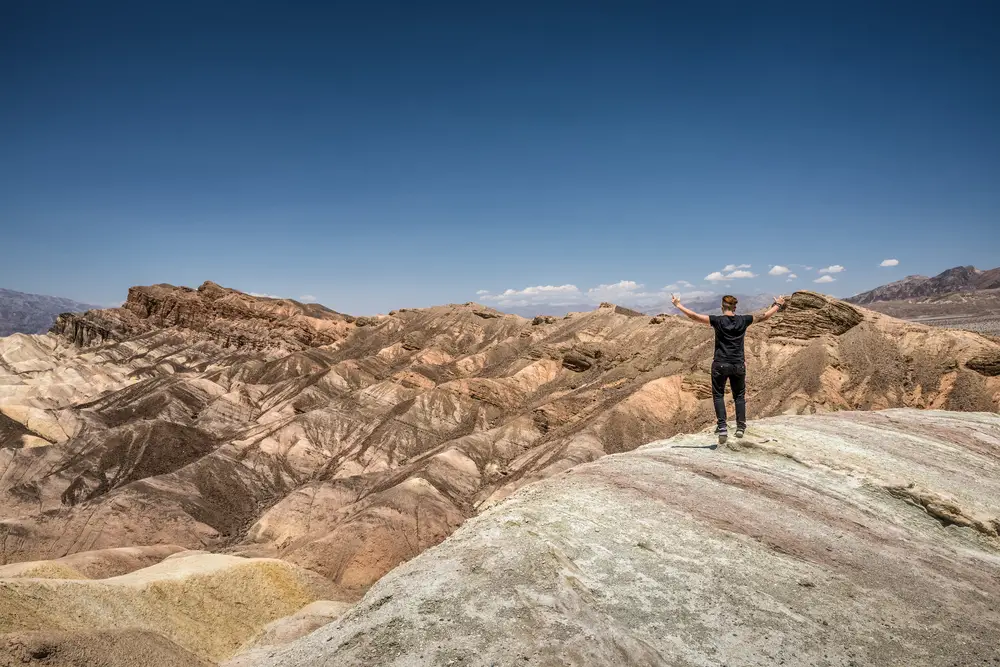
Welcome to Death Valley, the Hollywood A-lister of extreme heat, where the name isn’t just a dramatic flourish. This iconic desert landscape recently broke its own record, reaching a suffocating 134°F, a temperature that turns the air into an oppressive blanket. It’s a place where survival is an art, and not every creature is equipped to handle the relentless furnace-like conditions. Birds, particularly, find the soaring temperatures unforgiving, often succumbing to heat exhaustion mid-flight.
While we might romanticize the rugged beauty of its stark vistas, let’s not forget the harsh realities of life here. The extreme conditions threaten not only wildlife but also challenge infrastructure and human habitation. It’s a living reminder that climate change is not just a matter of degrees but of survival. As temperatures continue to rise globally, Death Valley stands as a foreboding glimpse into a potentially sun-scorched future.
3. Ahvaz, Iran

If you’re searching for sizzling, Ahvaz, Iran, will not disappoint, known for its extreme heat and dust storms that paint the city in hues of sepia. According to Scientific American, Ahvaz once recorded 129°F, tying with Basra, Iraq, for the hottest temperature ever reliably measured in an inhabited city. It’s an environment where the sun feels personal, like an uninvited guest that refuses to leave. The city’s birdlife is no exception to the harsh conditions, often experiencing fatal heat stress.
Life here is a delicate balance of tradition and adaptation, as residents adjust their routines and infrastructure to cope with the punishing climate. Water, more precious than oil, dictates the rhythm of daily life. Yet, in this arid landscape, ingenuity blooms. From innovative cooling techniques to architectural adaptations, Ahvaz is a study in resilience, managing to thrive amidst temperatures that threaten to silence its skies.
4. Dallol, Ethiopia
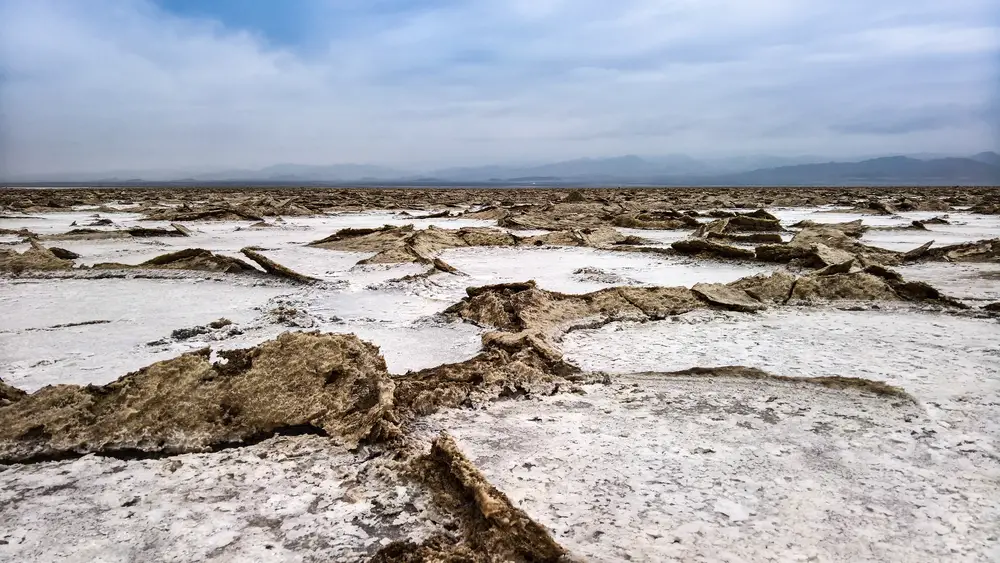
Dallol holds the unenviable title of being one of the hottest inhabited places on Earth, with average annual temperatures hovering around 94°F. This isolated town sits atop a potash mine, surrounded by a surreal landscape of sulfur fields, salt formations, and boiling springs. Here, the air is so dry that it feels as if it might crack, much like the parched earth underfoot. Despite its inhospitable conditions, Dallol has a small, stoic population making the best of the relentless heat.
The wildlife, however, is not as fortunate. Birds, unable to escape the unyielding temperatures, often meet their end mid-flight, a tragic testament to the extreme conditions. Dallol is a natural oven, constantly baking under the unrelenting sun, with little respite in sight. It’s a stark reminder of the transformative impact climate change can have on our world, leaving no corner untouched by its heat.
5. Bandar-e Mahshahr, Iran

Bandar-e Mahshahr is the epitome of blistering heat, with a humid twist that makes it uniquely unbearable. In this Iranian city, temperatures soar past 120°F with humidity that creates a heat index of over 160°F, turning the air into a stifling, sauna-like atmosphere. For birds, the combination of heat and humidity is a deadly duet, causing many to collapse from the sky in exhaustion.
Residents have become masters of adaptation, tailoring their activities to the cooler, more forgiving hours of the night. The city is a living illustration of climate extremes, where urban life plays out against a backdrop of sweltering heat. Yet, amidst the soaring temperatures, there’s a tenacity that defies the oppressive climate. It’s a testament to human endurance, living and thriving in temperatures that challenge the limits of survival.
6. Timbuktu, Mali
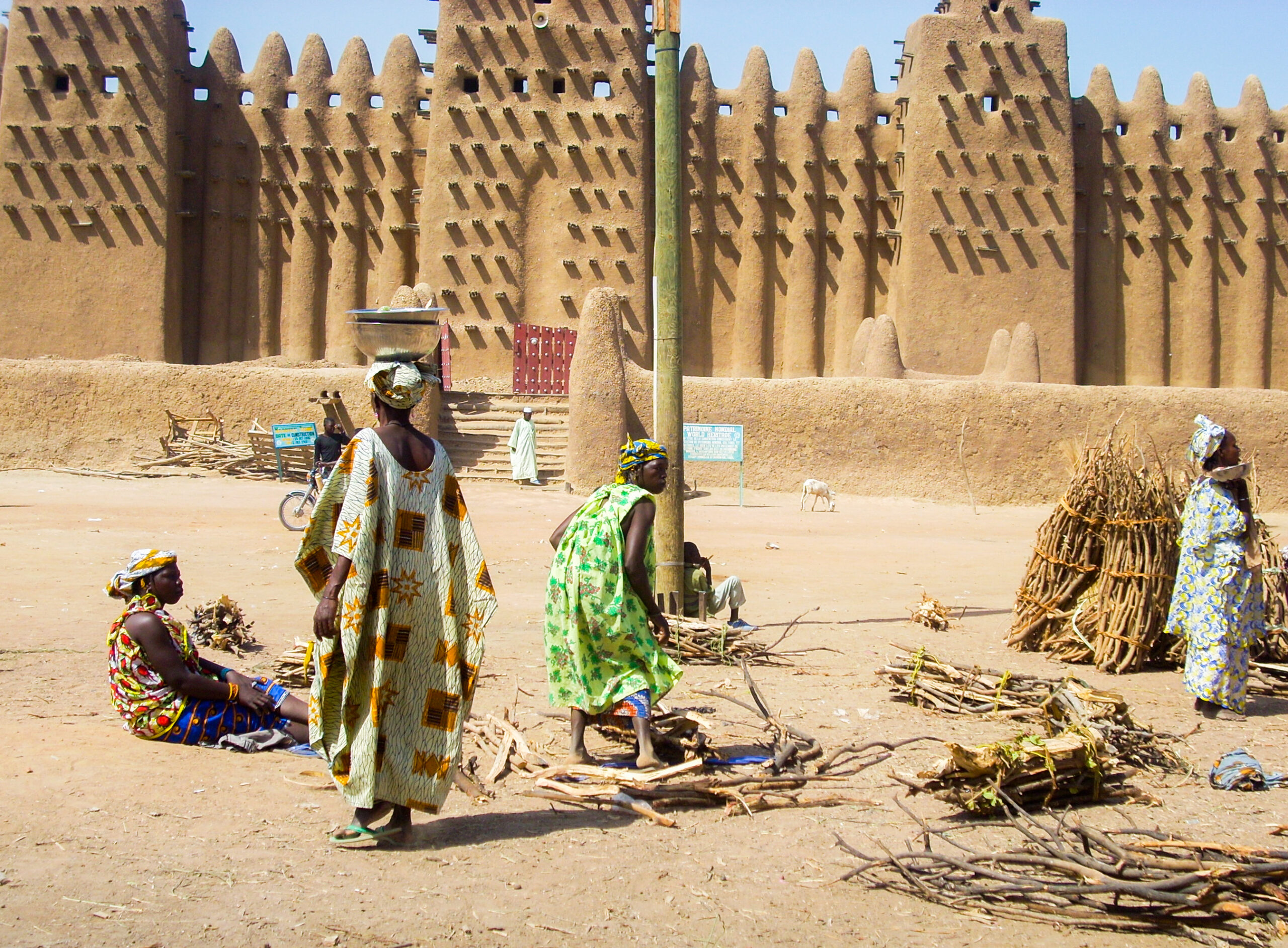
Timbuktu is as legendary for its golden sands as it is for its scorching temperatures. Here, the mercury regularly rises above 115°F, rendering the air hot enough to fry an egg—or, more alarmingly, to down a bird in flight. This ancient city, historically a center of trade and learning, now finds itself on the frontlines of climate change.
In Timbuktu, the relentless heat shapes every aspect of life, from the architecture designed to ward off the sun to the cultural rhythms dictated by the daily temperature peaks and troughs. The avian population, however, struggles to keep pace with the rising heat, often succumbing to the unforgiving climate. It’s a stark juxtaposition of historical legacy against a modern environmental crisis, a reminder of the delicate balance needed to sustain life in extreme conditions.
7. Jeddah, Saudi Arabia

In Jeddah, the heat is not just a season, it’s a year-round companion, intensifying during the summer months when temperatures soar past 110°F. The city, a bustling hub on the Red Sea, is no stranger to the challenges posed by extreme temperatures. Birds, unable to escape the relentless sun, find themselves in a perilous dance with the heat.
Yet, Jeddah thrives, a testament to modern ingenuity and adaptation. The city’s infrastructure is designed to withstand the heat, with shaded walkways and air-conditioned spaces providing much-needed respite. But it’s not just about survival; it’s about finding beauty and life amidst the harsh conditions. Jeddah is a vibrant mosaic of culture and commerce, thriving under the sun’s watchful gaze.
8. Phoenix, Arizona

Phoenix, the aptly named Valley of the Sun, is a city that knows how to turn up the heat, consistently hitting over 110°F during the summer. It’s a dry, searing heat that challenges even the hardiest of creatures, with birds often succumbing to the oven-like conditions. Here, the sun isn’t just an element of weather; it’s a defining feature of life.
The city’s inhabitants have mastered the art of coexisting with the sun, utilizing innovative cooling techniques and adapting daily routines around the temperature highs. Yet, the impact on local wildlife is significant, as many species struggle to adapt to the increasingly extreme climate. Phoenix is a testament to survival and adaptation in the face of relentless heat, a city that embodies resilience in the sun’s ever-intense embrace.
9. Basra, Iraq
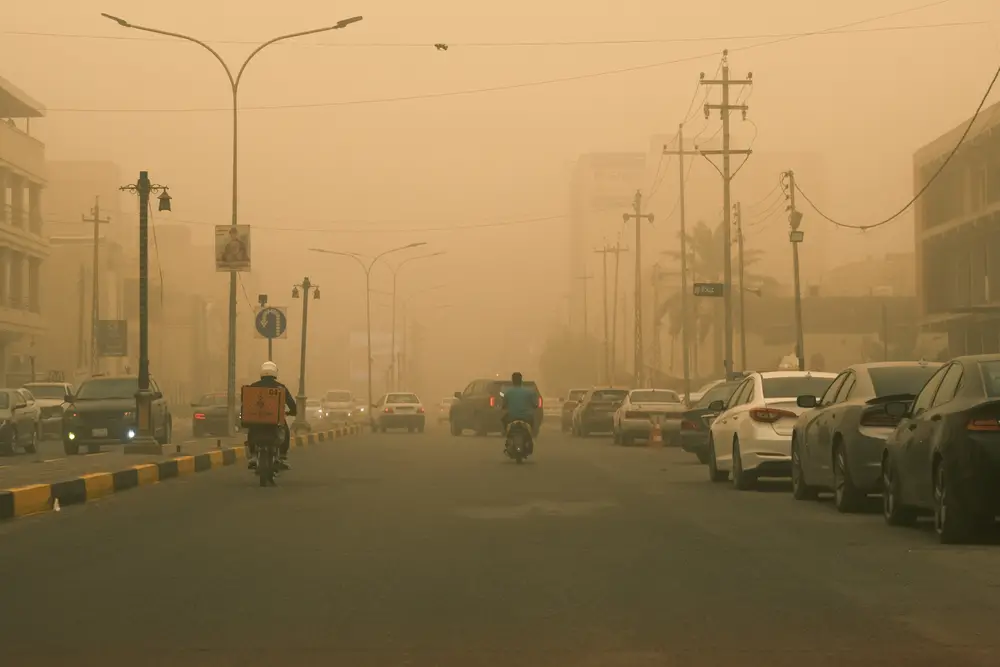
Basra, a city steeped in history and blistering heat, regularly experiences temperatures soaring above 120°F. It’s a place where the sun reigns supreme, dictating the pace and rhythm of daily life. For the birds, though, the heat is a merciless adversary, often leading to tragic mid-flight collapses.
Despite these challenges, Basra remains vibrant, its streets alive with activity, art, and culture. The resilience of its people is mirrored in their ability to adapt to the punishing climate, finding ways to cool and thrive amidst the heat. But it’s a delicate balance, as the city grapples with the growing threat of climate change. Basra stands as a poignant reminder of the complex interplay between humanity and nature, where survival is both an art and a necessity.
10. Mecca, Saudi Arabia
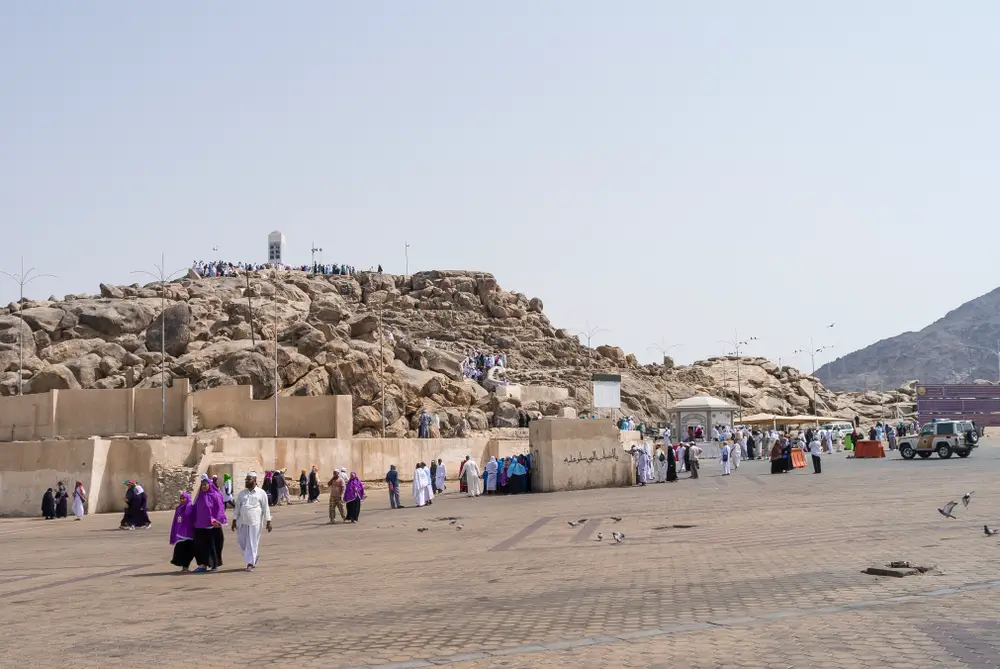
Mecca, the spiritual heart of Islam, is not only a site of pilgrimage but also a study in survival against extreme temperatures. In this sacred city, temperatures frequently reach over 110°F, creating a challenging environment for wildlife and pilgrims alike. Birds, in particular, find the heat overwhelming, often succumbing to the relentless sun.
Yet, the city continues to flourish, a beacon of faith and endurance. Innovative cooling solutions and strategic urban planning help mitigate the heat’s impact, allowing Mecca to host millions of visitors each year. It’s a testament to the human spirit, thriving and adapting in one of the world’s hottest environments. As climate change intensifies, Mecca’s strategies offer insights into living with the sun’s ever-increasing intensity.
